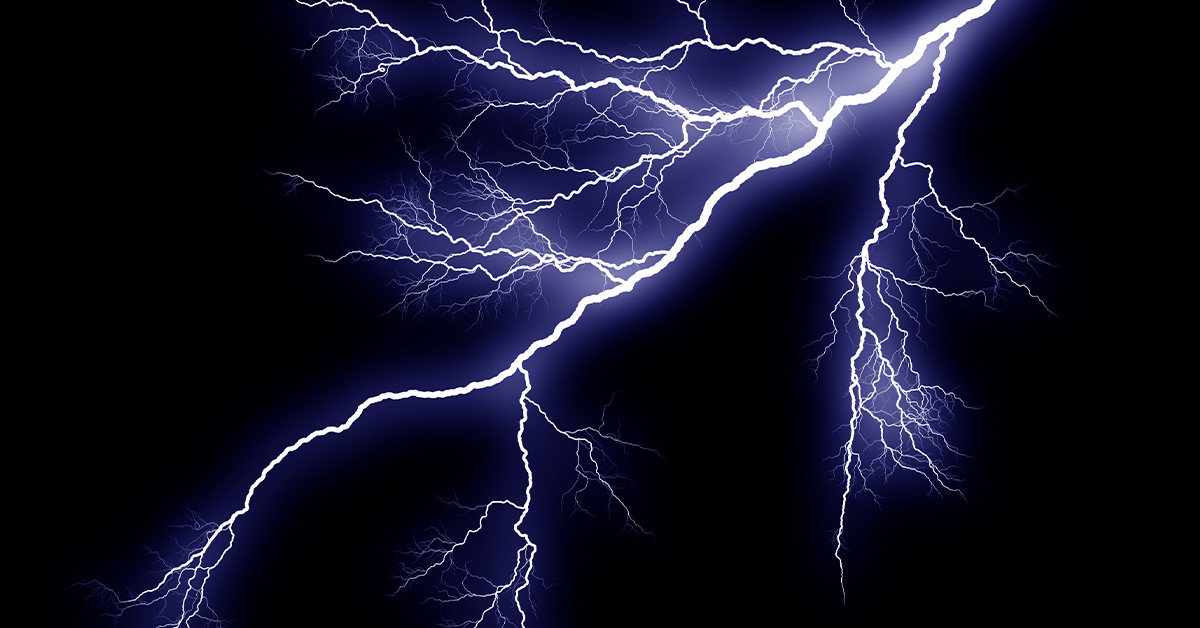
Complex Regional Pain Syndrome (CRPS) and Your Workers’ Compensation Claim
Complex Regional Pain Syndrome (CRPS), also known as Reflex Sympathetic Dystrophy (RSD) is a debilitating pain disorder that can arise after a traumatic injury occurs. It is important to know what CRPS/RSD is, as well as its symptoms, causes and treatment options. If you have developed CRPS/RSD as a result of workplace activities, you may be eligible to receive workers’ comp for chronic pain.
What Is CRPS?
CRPS/RSD is a chronic pain condition that often affects your arms, legs, hands or feet after an injury, trauma or surgery to that part of your body. CRPS/RSD is believed to be caused by damage to or malfunction of your body’s nervous system. The nervous system can be broken down into two components: the central nervous system (the brain and spinal cord) and the peripheral nervous system (nerve signaling from the brain and spinal cord to the rest of the body).
Symptoms of CRPS
Symptoms of CRPS/RSD include prolonged or excessive pain, changes in skin color (red and/or blue), changes in skin temperature (hot and cold), or swelling in the affected area. Another symptom is allodynia, which is increased sensitivity in the affected area to the extent that even very light touch will cause significant pain.
If you have an upper extremity injury and begin to experience any of these symptoms, it is important to notify your doctors as soon as possible.
Causes of CRPS
No one is sure exactly what causes CRPS/RSD to develop or why some people are affected and others are not. In most cases, CRPS/RSD is activated by a clear history of a trauma or injury including fractures, sprains or soft tissue injuries (burns, cuts, bruises), by immobilization (being in a cast or sling for an extended period) or by surgical or medical procedures.
Diagnosis of CRPS/RSD is based on obtaining a good medical history and exhibiting signs and symptoms matching the definition on medical examination. Examination and diagnosis may also include other testing to rule out other conditions such as Lyme disease, diabetic neuropathy (nerve damage related to diabetes) and other general muscle diseases.
Treatment for CRPS
There are a number of treatment options for CRPS depending on the severity of the condition. After examination, your doctor will give you an idea of the best course of treatment for you. A physical therapy or occupational therapy program could be helpful, not only to reduce pain but also to help you learn how to move and accomplish tasks in a way that will not cause you significant pain. Exercise to keep the body or limb moving may help to improve blood flow, flexibility, strength and function. Medication is also a means to help alleviate pain. Medications can range from over-the-counter anti-inflammatories to prescription steroid medication, opioids or other pain medications. Nerve blocks can provide temporary relief.
An emerging form of treatment that is showing promise is an infusion of ketamine. There are various methods of treatment with ketamine therapy. This treatment is still considered somewhat experimental, but it is gaining acceptance in the medical community. The attorneys at Wilson, Reives & Doran have been successful in obtaining this care for injured workers who have been diagnosed with CRPS/RSD.
Prognosis for CRPS
The outcome of treatment programs and the success of eliminating pain from CRPS/RSD can vary from person to person. Some people get better, some can be left with debilitating and constant pain, and some can end up in the middle of the spectrum. The ones who get better may never see CRPS/RSD return, and for others, CRPS/RSD can go into a state of remission and then return. There is some thought that early treatment and rehabilitation are helpful, but there are no clinical studies to prove this theory.
Workers’ Compensation for Chronic Pain Caused by CRPS/RSD
If you have had an injury to one of your extremities and begin to experience any of the symptoms of CRPS/RSD, it is very important that you let your doctor know what you are feeling as soon as possible. Treatment is available to you, and your rights need to be protected. The types of injuries that bring about CRPS/RSD are very common workplace-type injuries, and the attorneys at Wilson, Reives & Doran have experience helping injured workers who have been diagnosed with CRPS/RSD obtain workers’ comp for chronic pain caused by this condition. If you have suffered an upper extremity injury and believe you are showing signs of CRPS/RSD, see your doctor and call the workers’ compensation attorneys at Wilson, Reives & Doran for a free consultation.
Source
National Institute of Neurological Disorders and Stroke. CRPS Fact Sheet
